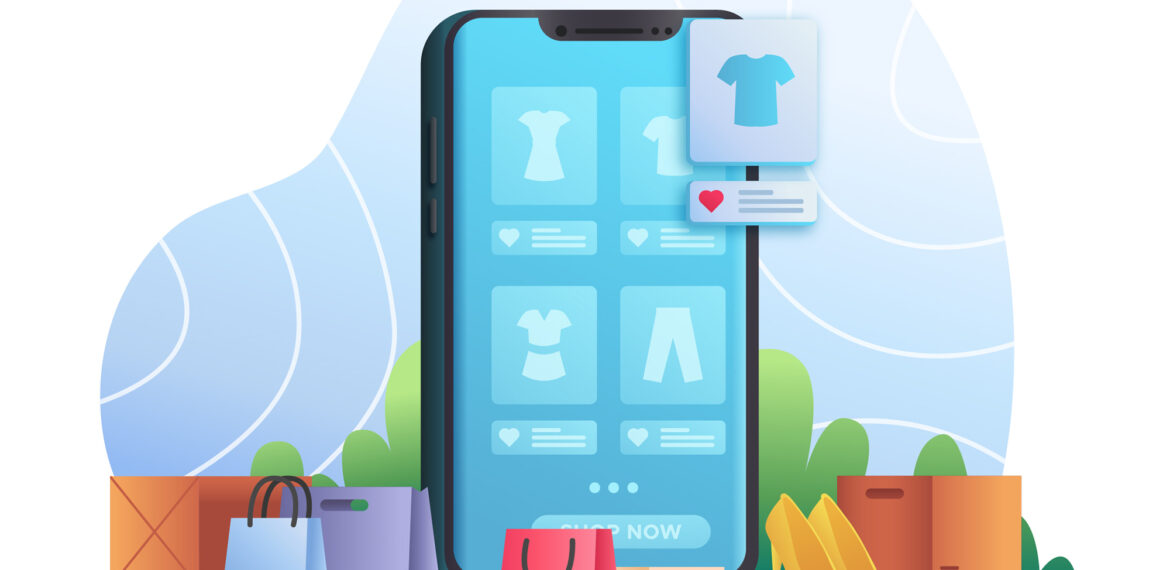
Innovative E-commerce Website Development Ideas for the UK Market
Innovative E-commerce Website Development Ideas for the UK Market
In the highly competitive UK market, a generic e-commerce website is no longer enough to stand out. UK consumers are sophisticated, mobile-first, and increasingly demanding personalized, seamless, and sustainable shopping experiences. To succeed, businesses must look beyond basic functionality and embrace innovative development ideas that align with these evolving trends.
Here are some innovative e-commerce website development ideas for the UK market.
1. The Mobile-First, App-Like Experience 📱
The UK is a mobile-first nation, with over 75% of all e-commerce purchases made on smartphones. This isn’t just about having a responsive design; it’s about creating an experience that feels as fluid and fast as a native app.
- Progressive Web Apps (PWAs): These are the gold standard. A PWA provides an app-like experience (fast loading, offline access, and push notifications) without the user needing to download it from an app store. This removes a major barrier to conversion and ensures your site is accessible and performant on any device.
- One-Tap Checkout: The checkout process is a major point of friction. Implement streamlined, one-tap checkout options that utilize digital wallets, such as Apple Pay, Google Pay, and PayPal. This reduces cart abandonment and caters to the UK’s preference for fast, secure mobile payments.
2. AI-Powered Personalization and Recommendations
UK consumers expect a tailored shopping journey. Artificial intelligence (AI) and machine learning are no longer just buzzwords; they’re essential tools for creating a truly personalized experience.
- Smart Product Recommendations: Go beyond “Customers who bought this also bought…” AI can analyze a user’s browsing history, purchase data, and even real-time behavior to suggest highly relevant products. This boosts average order value and makes the shopping experience feel intuitive and helpful.
- AI-Powered Chatbots: An intelligent chatbot can provide instant, 24/7 customer support, answer frequently asked questions, and even guide a user through the product selection process. This not only improves the user experience but also reduces the workload on your customer service team.
3. Augmented Reality (AR) and Interactive Shopping
UK shoppers want to be confident in their purchase decisions, especially for items like furniture, fashion, and cosmetics. Augmented reality (AR) bridges the gap between online and in-store shopping.
- Virtual Try-On: For fashion and beauty brands, AR allows customers to “try on” products using their smartphone camera. This technology can reduce returns and give customers the confidence to purchase.
- “See in Your Space” Features: For furniture and home goods, AR allows customers to visualize how a product will look in their home. This immersive feature helps solve a major pain point and provides a significant competitive advantage.
4. Sustainability and Supply Chain Transparency
UK consumers are increasingly eco-conscious, with many actively seeking out and supporting sustainable brands. An innovative website should not only have sustainable practices but also demonstrate them transparently.
- Visible Sustainability: Highlight your sustainability efforts directly on product pages. This could include details on recycled materials, carbon-neutral shipping options, or ethical sourcing.
- Supply Chain Transparency: Use blockchain or other technologies to show customers the journey of their product, from sourcing to delivery. This builds trust and reinforces your brand’s commitment to ethical practices.
5. An Omnichannel, Click-and-Collect Experience
The lines between online and physical retail are blurring. UK consumers often use both channels on a single customer journey.
- Integrated Inventory: Your website should show real-time stock levels for your physical stores. This allows customers to easily check if an item is available before they visit.
- Enhanced Click-and-Collect: Go beyond a simple pickup point. Offer a seamless in-store experience by using QR codes for fast pickup, providing in-store returns for online orders, and even offering exclusive in-store deals to click-and-collect customers. This drives footfall and encourages additional purchases.
Conclusion
The UK e-commerce landscape is dynamic and competitive, but it also presents immense opportunities for businesses willing to innovate. By moving beyond traditional online storefronts and adopting these forward-thinking strategies, you can build a platform that not only meets but exceeds customer expectations. Implementing an app-like PWA, leveraging AI for hyper-personalization, integrating immersive AR experiences, championing sustainability, and seamlessly blending your online and offline channels are no longer just future trends—they are the key to building a resilient, engaging, and profitable e-commerce presence. Investing in these innovative ideas today will ensure your business is not just participating in the UK market but leading it.


